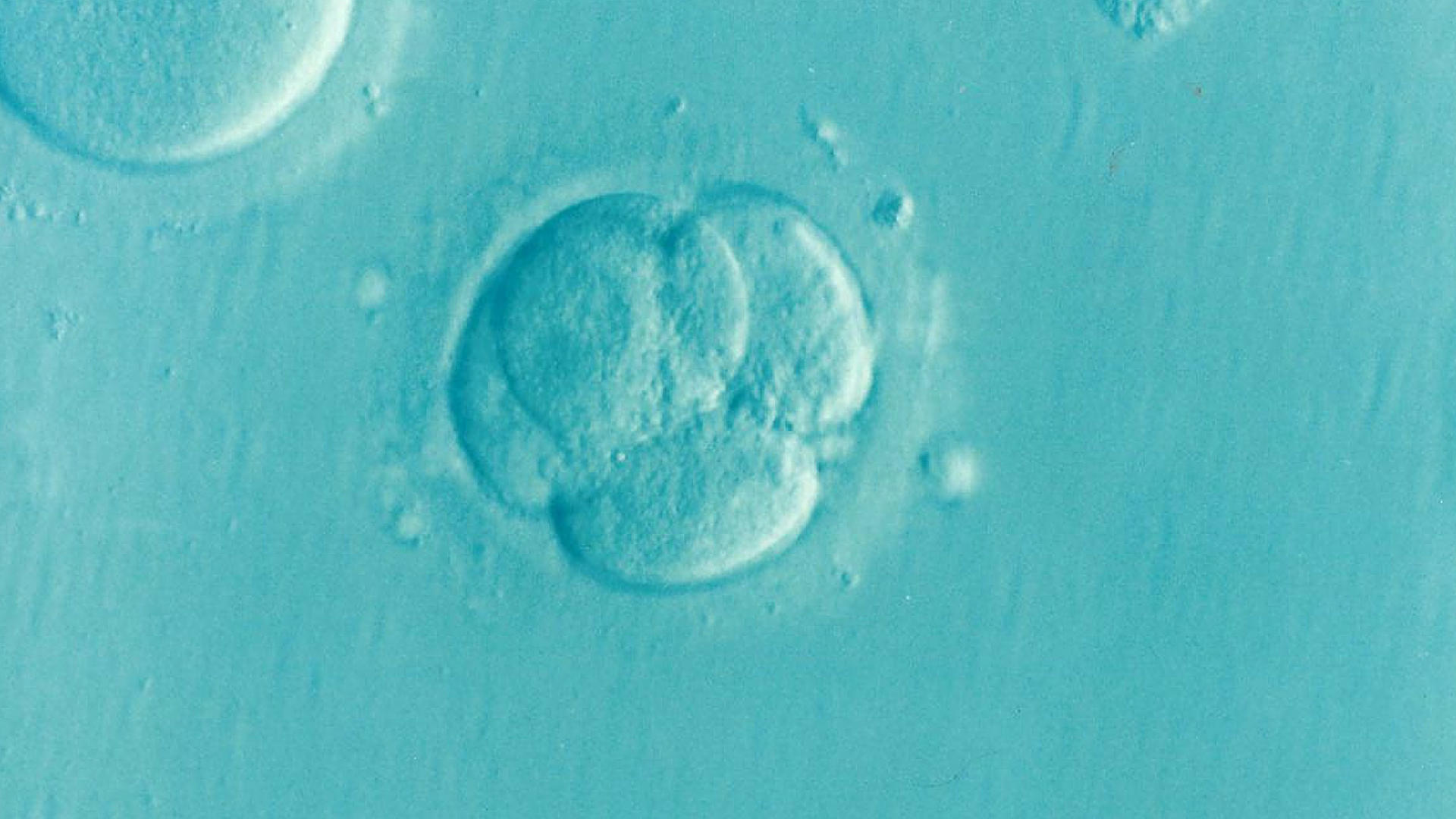Is a therapy designed to treat mitochondrial disease setting its sights on age?
By Alison Motluk,
HeyReprotech [cites CGS' Marcy Darnovsky]
| 04. 30. 2019
Mitochondria provide the power for our cells, and when they malfunction, it can be serious. So scientists have developed experimental treatments that use healthy mitochondria from donor eggs.
In one variation, the nuclear DNA is removed from a donor egg and replaced with the nuclear DNA from an intended mother's egg; the donor egg's mitochondria, left behind in the cytoplasm, provide the power pack. The egg is then fertilized. In another variation, both an egg from a donor and an egg from the mother are fertilized before that swap takes place. Almost all of a person's DNA is in the nucleus, and almost all traits are determined by this nuclear DNA, but mitochondria also contain a small amount of DNA. This means that any child born from such a therapy will inherit DNA from three people — the mother, the father and the donor — which has given rise to terms like 'three-person IVF' and 'three-parent baby.'
The treatments have been controversial since the outset, because it's not yet known whether there will be unintended side effects. It's not easy...
Related Articles
By Aisha Down, The Guardian | 11.10.2025
It has been an excellent year for neurotech, if you ignore the people funding it. In August, a tiny brain implant successfully decoded the inner speech of paralysis patients. In October, an eye implant restored sight to patients who had...
By Jessica Hamzelou, MIT Technology Review | 11.07.2025
This week, we heard that Tom Brady had his dog cloned. The former quarterback revealed that his Junie is actually a clone of Lua, a pit bull mix that died in 2023.
Brady’s announcement follows those of celebrities like Paris...
By Heidi Ledford, Nature | 10.31.2025
Late last year, dozens of researchers spanning thousands of miles banded together in a race to save one baby boy’s life. The result was a world first: a cutting-edge gene-editing therapy fashioned for a single person, and produced in...
By Lauran Neergaard, AP News | 11.03.2025
WASHINGTON (AP) — The first clinical trial is getting underway to see if transplanting pig kidneys into people might really save lives.
United Therapeutics, a producer of gene-edited pig kidneys, announced Monday that the study’s initial transplant was performed successfully...




